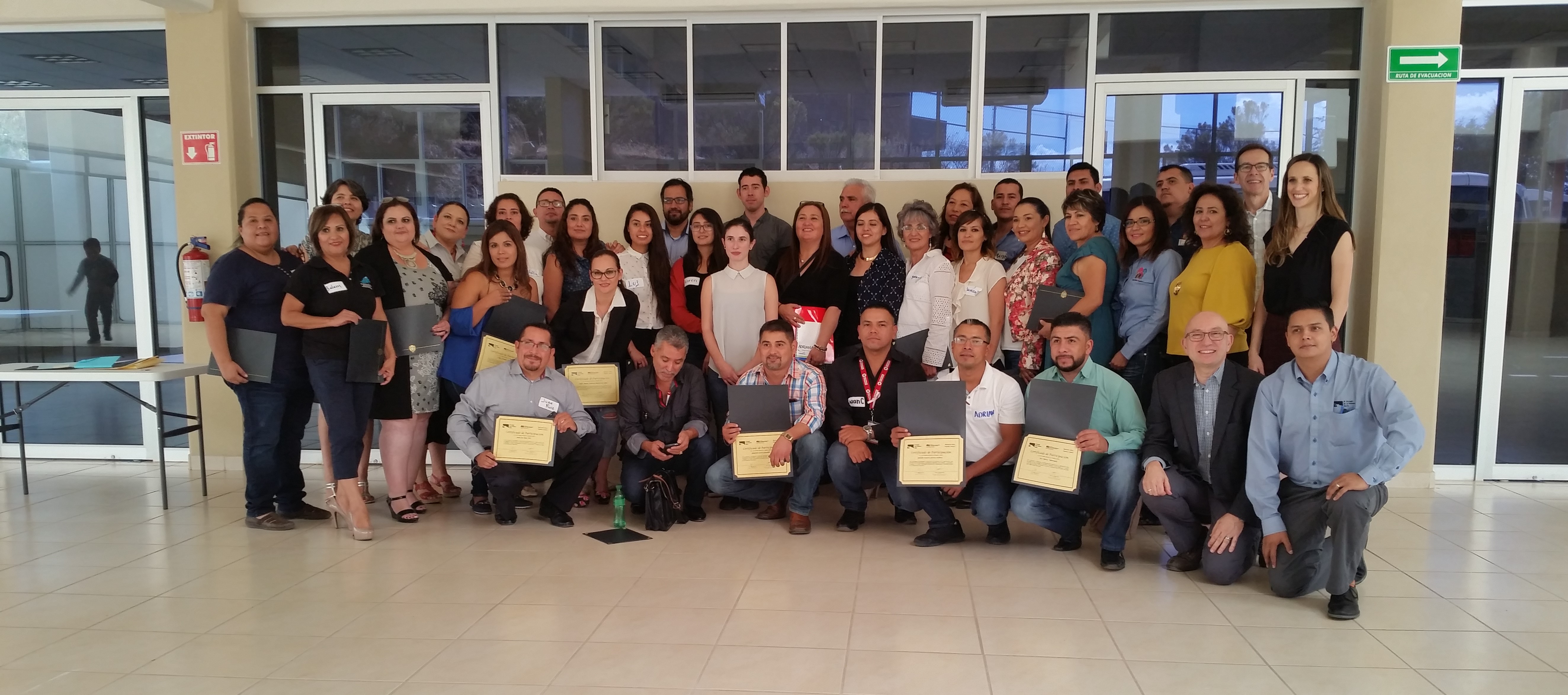keepin' it REAL/Mantente REAL: Pilot test in Nogales, Mexico

Early adolescents (7th grade) middle school students in a Mexican city bordering the US
Flavio F. Marsiglia, PhD
Hilda Garcia Pérez, PhD
Sharp increases in substance use rates among youth in Mexico are a major concern in both Mexico and the US, and the US-Mexico border region has one of the highest drug use rates among youth. This collaboration will advance prevention science by better understanding how culturally influenced gender norms affect substance use offers, attitudes, and behaviors, as well as the success of universal prevention programs along the US Mexico border. The study will also advance knowledge on the relationship between exposure to community violence and substance use in Mexico.
There are few school-based universal prevention programs exist that are culturally grounded, empirically tested, and shown to be efficacious. kiR is a model program for middle school students on the National Registry of Effective Programs and Practices, shown to be efficacious and cost-effective in reducing substance use among large multi-ethnic and Mexican American samples in the US.
This study aims to address this gap by implementing and testing the keepin’ it REAL (kiR) prevention intervention in Nogales-Sonora, Mexico
The study tested the efficacy of a version of the keepin’ it REAL curriculum for middle school students that was culturally adapted for Mexico and renamed Mantente REAL. Students in 7th-grade classrooms in four public schools participated in the study (N=1,418, 49% female, mean age=11.9). Using a clustered randomized design, two schools received the intervention and two served as a treatment-as-usual control group. Regular classroom teachers were trained to deliver the twelve-lesson Mantente REAL manualized curriculum. Parents provided active consent and students gave written assent to collect pretest and posttest questionnaire data, 7 months apart, at the beginning and end of the 2017-2018 academic year.
Students who participated in Mantente REAL reported relatively less frequent use of alcohol and illicit drugs other than marijuana, compared to students in control schools. Males alone reported desirable intervention effects for marijuana use. These desirable effects were especially strong among students who reported higher initial levels of involvement in risky behaviors. Among students more at risk, both females and males receiving the program reported relative reductions in the frequency of use of alcohol and illicit drugs.
Kulis, S. S., Garcia-Pérez, H. M., Marsiglia, F. F., & Ayers, S. L. (2021). Testing a culturally adapted youth substance use prevention program in a Mexican border city: Mantente REAL. Substance Use and Misuse, 56(2), 245-257. https://doi.org/10.1080/10826084.2020.1858103
García-Pérez, M. H., Marsiglia, F. F., & Kulis, S. 2023. Construir una cultura de paz en el noroeste de México: el caso del programa de prevención Mantente REAL. Población y Salud en Mesoamérica. https://doi.org/10.15517/psm.v21i1.54096
Programa de prevención Mantente REAL. CIBNOR. October 19, 2020 https://www.youtube.com/watch?v=dZ8lFvNWgag&feature=youtu.be
Mantente Real y la construcción de una cultura de seguridad y paz para los jóvenes fronterizos. Milenio Campus Newspaper- Supplement. October 7, 2020. https://suplementocampus.com/firmas-cibnor-1-081020/
Mantente REAL y las estrategias que ayudan a los jóvenes fronterizos a resistir la presión de usar drogas. El Sol de México Newspapers. December 17, 2019. https://invdes.com.mx/los-investigadores/mantente-real-y-las-estrategias-que-ayudan-a-los-jovenes-fronterizos-a-resistir-la-presion-de-usar-drogas/
Arizona State University, El Colegio de la Frontera Norte, and Secretaría de Educación y Cultura del Gobierno de Estado de Sonora. (2018). Mantente REAL Reporte de investigación. https://doi.org/10.13140/RG.2.2.25504.81920
Programa de prevención de adicciones Mantente REAL (Prevention of substances program Mantente REAL). Canal 22.2 November 23, 2018. https://www.youtube.com/watch?v=6nTZQntTrk4